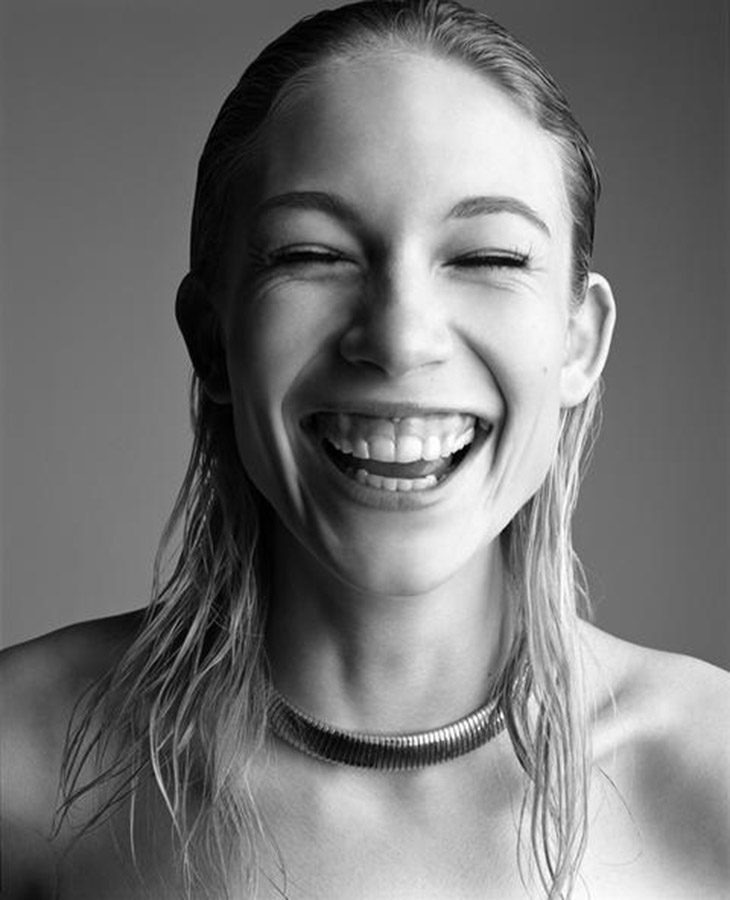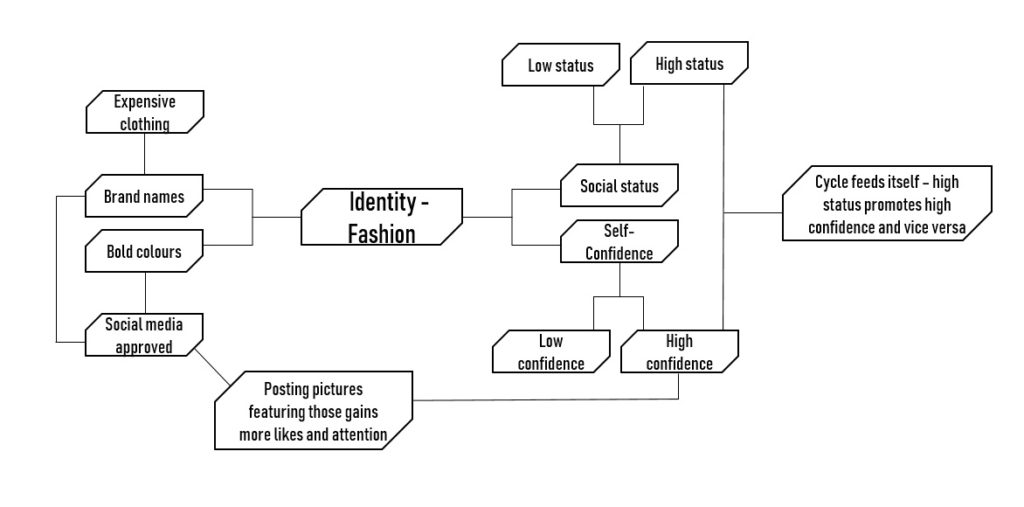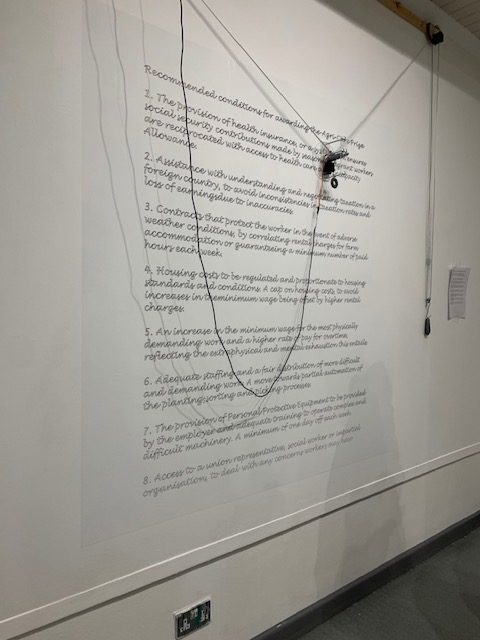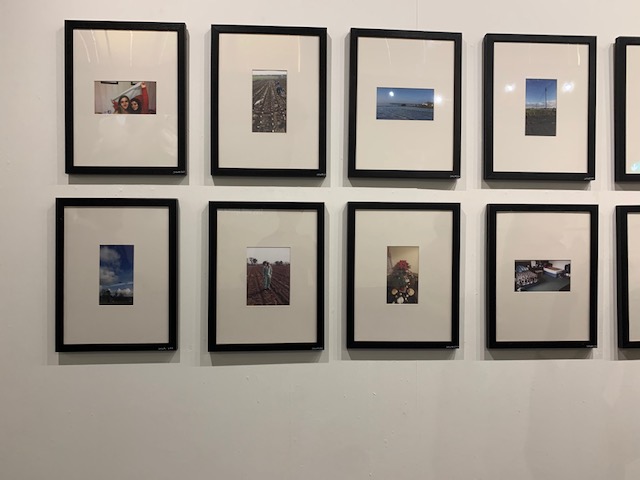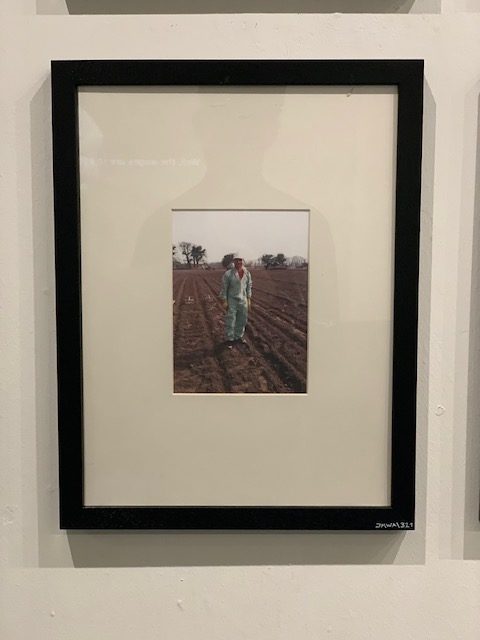“Once you have a person in front of you that
oozes this kind of energy, by dressing them up or allowing them to wear their
own styles, the strength of their personality instantly comes out.” (Iordan
2015)
As Hassan Hajjaj says in the above quote, people’s styles and clothing play a substantial part in expressing their personality. And if you allow them to wear what they’re comfortable in their personality does instantly shine through. This also plays a large role in social identity; the way we dress affects both how we view ourselves, as well as how others view us, and possibly judge us on the way we dress. In this personal project I will focus on exploring social identity and how it is shown/expressed through fashion. I will do this mainly through portrait photography and more specifically full body shots; implementing the style of Hassan Hajjaj into my work. I will do this by trying to capture the subject’s personality and strengths through their style and body language, I will also implement the same contrasting bold colours into my work. I will also try break fashion stereotypes such as in Hassan Hajjaj’s ‘Kesh Angels’ portrait series where he photographs the Kesh Angles biker group who wear Hijabs and ride around the city, in most places in the area this is either looked down upon or illegal. I will also try implement close-up portraiture into this project, in the style of Rankin who heavily focuses on face and top 1/3 portraits. Rankin focuses a considerable amount on social identity throughout his work which I will take inspiration from in my project. This includes projects such as “Selfie Harm” (Hosie 2019) project; where Rankin took portraits of teens and gave them 15 minutes to edit their portraits to a ‘social media ready’ standard. I will also possibly include elements of tableaux photography in my project, I will try use this to help exaggerate the above mentioned themes through acting, in hopes of achieving an image which shows exaggerated levels of confidence, or the lack of it. I will use this to show the contrast of how fashion can affect us mentally.
Throughout my personal study I will explore specific fashion items which society views as valuable or desirable, as well as comparing them to fashion items which have been similarly desirable throughout history. It is very interesting to look at the most desirable fashion items throughout history as they have remained without change for the most part. In the Victorian period the most desirable fashion items were most commonly jewelry, and more specifically earrings, necklaces and rings. Some other desirable items for men included side chains; which were long and very detailed, usually reaching lengths of over 60 inches. When compared to modern desirable items they are extremely similar, with there still being a very high interest and demand for for jewelry such as necklaces and earrings. The only differences are a shift in rarity of rings (as much cheaper rings are available today, starting at prices of around £1-2) and the way chains are worn. Although they did exist in the 19th century as previously mentioned, they are worn in a different way in modern times, as well as having a different meaning to what they did throughout history. However, all of these items still have the same base purpose, to establish individuality and show class. This shows how society and its views have barely progressed in the last 200 years or so, as the same items are still used to show social status, and although this has slightly evolved, we still use the same methods to express our social identity. And in certain aspects this has become worse, because as a society with value what the society thinks of us drastically more and to the point where it is unhealthy; even causing people to self harm or commit suicide because they don’t achieve the standards set out for them.
- How social identity is shown through fashion/ how it has been shown throughout history
Bibliography:
Rachel Hosie (Feb 5 2019) A
photographer asked teenagers to edit their photos until they thought they
looked ‘social media ready,’ and the results are shocking Insider: New York City https://www.insider.com/selfie-harm-photo-series-rankin-asks-teens-to-edit-photos-until-social-media-ready-2019-2
Dec
13 2019

